Enemies of Rome 2.1 - Zenobia - “The new Cleopatra”
Welcome to our second installment dealing with the people who gave the Romans a good run for their money. Today: Zenobia, the queen of Palmyra.
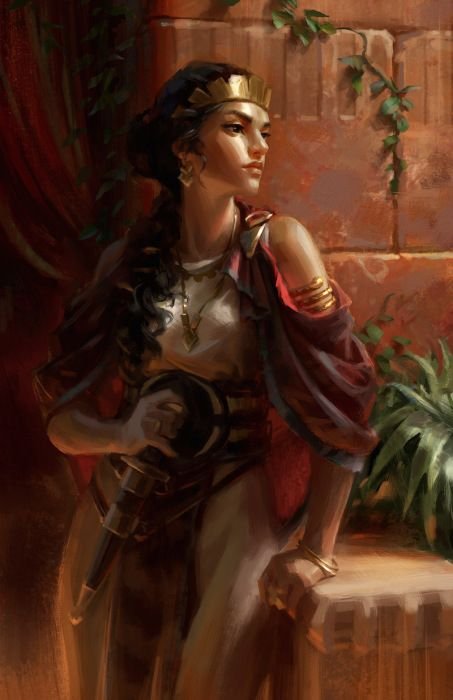
[Source]
Born to rule
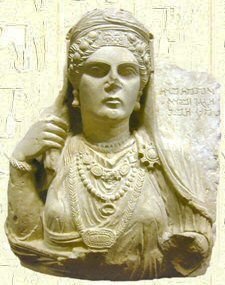
Born around 240 AD in Palmyra, in Syria, she was a Roman citizen by birth, her father’s family having been granted the citizenship a century earlier during the reign of Marcus Aurelius. However, some sources mention that she could trace her lineage back to the wife of the emperor Septimius Severus on one hand, and even as far as queen Cleopatra VII, the last queen of Egypt, on the other hand. Of course, that may be ideology rather than genealogy as we will see her career shape up.
The interesting thing about her childhood is that, according to later Arab sources, she was given very early in her youth control over the flocks of herds of her family. This responsibility would have no doubt given the young girl an early taste for governing over men and acquiring a position where she would be able to lead and to command, rather than to sit at home in the shadow of an husband. The same source mentions that this responsibility meant also that the young Zenobia shared the burden and skills of her vassals, and promptly learned how to ride horses and camels, became proficient at hunting and even could hold her liquor as good as any other member of her army.
Edward Gibbon gives a good summary of her many talents:
Zenobia was esteemed the most lovely as well as the most heroic of her sex. She was of a dark complexion. Her teeth were of a pearly whiteness, and her large black eyes sparkled with uncommon fire, tempered by the most attractive sweetness. Her voice was strong and harmonious. Her manly understanding was strengthened and adorned by study. She was not ignorant of the Latin tongue, but possessed in equal perfection the Greek, the Syriac, and the Egyptian languages.
However, as liberal her parents were with her education, and as independant as she could have been, Zenobia’s fate was to find a husband. Maybe it’s her family wealth, maybe her own tomboy attitude, but she eventually caught the eye of the most important man of Syria at the time.
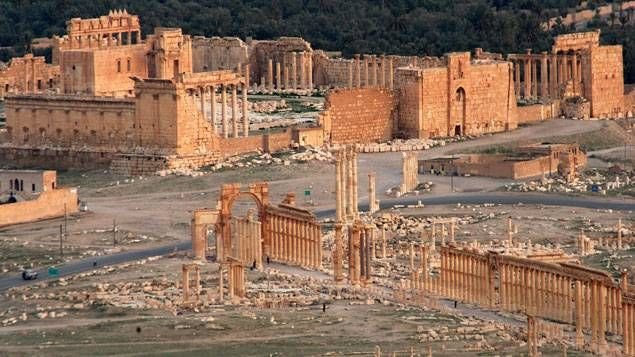
Ruins of Palmyra (pre-Isis of course)
Mariage to Odaenathus
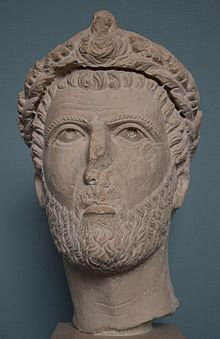
In 260, Valerian is beaten by the Persian king Shapur and will die in captivity, triggering the collapse of the 3rd Century. His son, Gallienus, is weak and concedes to Odaenathus the title of Dux Romanorum in the East, basically making him viceroy of the whole Eastern provinces, while he goes himself in the West to fend off contestants to the throne. Odaenathus makes the most of his new title and proves equal to the task: without any help from Gallienus, he is able to crush the overconfident Persians in 263 and 266, throwing them back beyond the Euphrates river. In the words of the historian Libanius:
Odaenathus, the mention of whose name alone caused the hearts of the Persians to falter. Everywhere victorious, he liberated the cities and the territories belonging to each of them and made the enemies place their salvation in their prayers rather than in the force of arms.
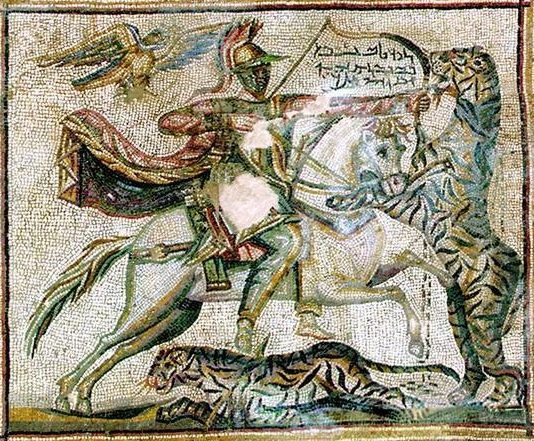
A mosaic representing Odaenathus defeating the Persians (represented by tigers) [Source]
Thanks to his staunch defense, the trade routes of the Silk Road which were so important and crucial for the wealth of Palmyra and the whole East, are reopened and the state coffers are full.
A very opportune death
By 266 AD, Odaenathus is in full control of the Eastern provinces from the Black Sea to the Red Sea and watches with weariness the inefficient Gallienus bogged down by rebellions in the West. It is not a stretch to imagine that Odaenathus could have been thinking of throwing off the Roman yoke altogether and to carve for himself an independant state with Palmyra at its center - or even better, to claim the Empire for himself. However, he will have no time to do anything about it. Between 266 and 267 AD, Odaenathus is assassinated along with his son Herodianus by a nephew after a huntrip trip dispute.
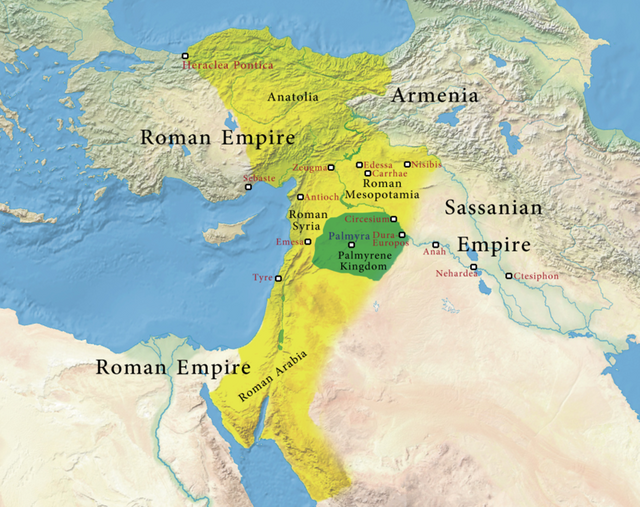
[Source]
This murder remains a mystery but of course, in hindsight, considering who had the most to gain from this action, the focus shifted strongly towards Zenobia herself. She had had a son named Vaballathus from her husband but could expect nothing for him since he was the youngest.
Did she order the assassination in order to make room for her own flesh and blood? Was she tired of seeing her husband playing second fiddle in the East when he could have mounted a challenge to the Empire? Even if rejected by most historians, this theory is tempting, and the next episode will show that Zenobia never lacked ambition.
To be continued...Sources:
http://judithweingarten.blogspot.com.es/2008/06/zenobia-romance.html
I did not know Zenobia, thank you for sharing the story about it.
It's a very interesting story and only the beginning! I'll publish two more articles about it :) Thanks for your support!
nice story, thanks for sharing
Glad you like it! Stay tuned for the next episode :)
Very nice and interesting post.
Thanks! Don't miss the second and third parts :)
Do you know which of Libanius' works references Odaenathus? Is Zenobia mentioned as well?